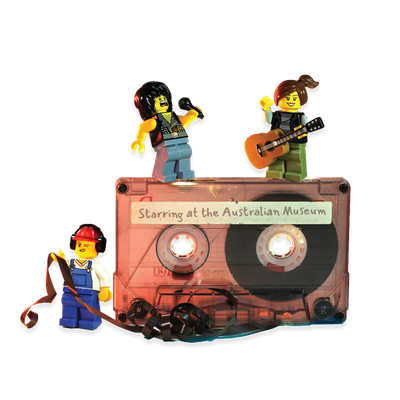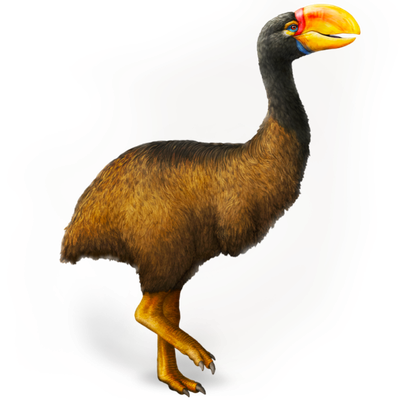Your search returned 109 results
By Page Type
By Tag
- All
- fish (966)
- blog (696)
- fishes of sydney harbour (401)
- First Nations (299)
- Blog (236)
- AMRI (169)
- archives (164)
- Eureka Prizes (146)
- Aboriginal and Torres Strait Islander (135)
- insect (126)
- Ichthyology (124)
- geoscience (109)
- minerals (102)
- climate change (100)
- podcast (94)
- Fish (91)
- Anthropology (89)
- International collections (80)
- Minerals Gallery (78)
- wildlife of sydney (78)
- Labridae (77)
- frog (74)
- gemstone (70)
- history (64)
- photography (64)
- Mollusca (60)
- gem (59)
- staff (59)
- Birds (56)
- Gems (56)
- Indonesia (56)
- education (56)
- shark (55)
- AMplify (54)
- people (53)
- earth sciences (50)
- past exhibitions (50)
- exhibition (49)
- Gobiidae (48)
- sustainability (46)
- Pomacentridae (45)
- Serranidae (44)
- lifelong learning (42)
- science (42)
- Earth and Environmental Science (41)
- Syngnathidae (41)
- Ancient Egypt (40)
- Bali (40)
- bird (40)
- dangerous australians (40)
-
Mineral properties
https://australian.museum/learn/minerals/properties/Minerals can be identified using a number of properties. These include physical and chemical properties such as hardness, density, cleavage and colour, crystallography, electrical conductivity, magnetism, radioactivity and fluorescence.
-
Cutting gemstones
https://australian.museum/learn/minerals/gemstones/cutting-gemstones/Faceted gemstones reveal the inherent qualities of a mineral, such as colour (or lack of it), clarity, fire and brilliance, which might otherwise remain hidden.
-
Geological ore deposits
https://australian.museum/learn/minerals/geological-deposits/geological-ore-deposits/Geological ore deposits are of many different types and occur in all geological environments.
-
Gemstone accolades and museum outreach
https://australian.museum/learn/news/blog/gemstone-accolades-and-museum-outreach/Gemstones flash brightly for Australian Museum Geoscience activities at present.
-
A Cave Made to Order
https://australian.museum/learn/news/blog/amri-a-cave-made-to-order/The Australian Museum used to have its own richly-decorated limestone cave
-
Earthquakes and tsunamis
https://australian.museum/learn/news/blog/earthquakes-and-tsunamis/What causes earthquakes and why do tsunamis often follow a large earthquake?
-
Metamorphism
https://australian.museum/learn/minerals/shaping-earth/metamorphism/The word metamorphism comes from Greek and means 'change of form'. Metamorphic rocks are pre-existing rocks whose mineral composition and/or texture has been changed by processes within the Earth.
-
Opal
https://australian.museum/learn/minerals/gemstones/opal/Facts about Opal.
-
Magma
https://australian.museum/learn/minerals/shaping-earth/magma/Magma is hot molten mobile rock. Igneous rocks form when magma cools and solidifies. Magmas come out of active volcanoes as lavas.
-
Characteristics of sediments
https://australian.museum/learn/minerals/shaping-earth/characteristics-of-sediments/Sediments can be classified by their characteristics, which relate to how they have been transported and weathered and how far from their original source they have been deposited.
-
Discover more
2025 Australian Geographic Nature Photographer of the Year
Special exhibition
Free entry
Now open -
Discover more
Unfinished Business
Special exhibition
Free entry
Now open -
Find out more
Surviving Australia
Permanent exhibition
Free entry
Now open![]()
-
Find out more
Burra
Permanent kids learning space
Free entry
10am - 4.30pm![]()
-
Discover more
Minerals
Permanent exhibition
Free entry
Open daily![]()





